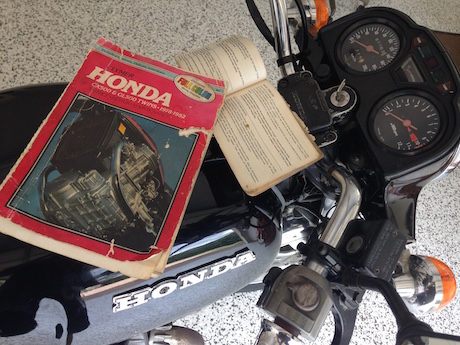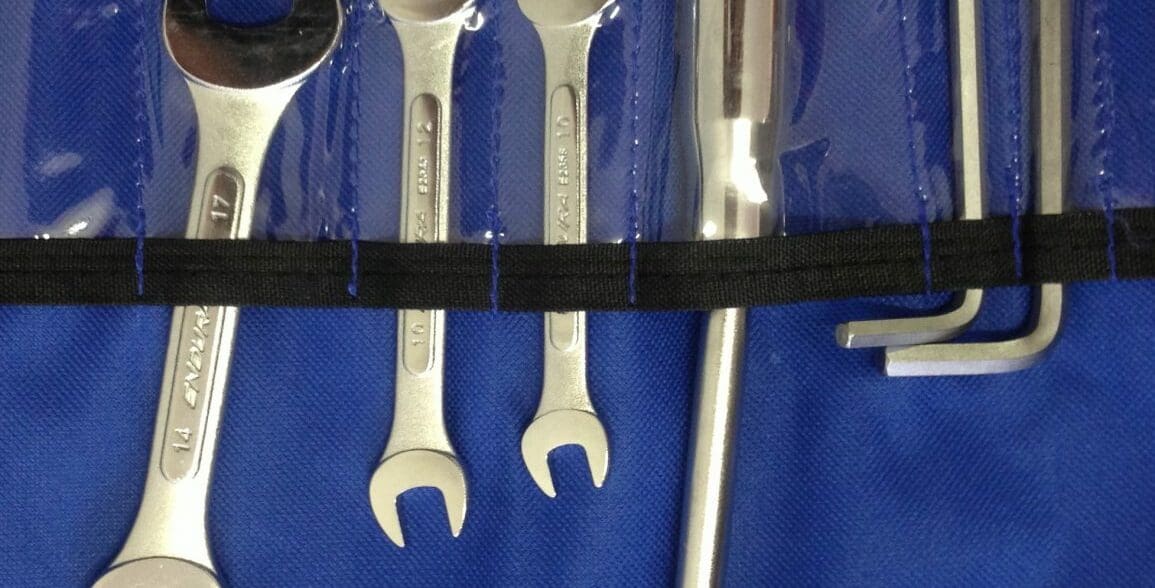This motorcycle maintenance advice was provided by the RACQ to help riders keep their bike in good condition which is perhaps the most important factor in safe riding.
Keeping your bike in optimum condition:
Get to know your motorcycle, read the handbook and make sure you understand its features, servicing requirements and the manufacturer’s advice on how best to care for it. A well-maintained and cared-for bike will be more attractive to future buyers. A proper maintenance history will also maximise its value when it comes time to sell it.
Keep all maintenance up to date. Scheduled servicing is set out in the owner’s handbook and by planning ahead you can budget for the cost. Planning ahead will also reduce the inconvenience of having your bike off the road unexpectedly.
Carry out basic maintenance checks to keep the bike in an optimum condition between scheduled services. These checks also allow you to spot any warning signs before they become a major problem.
Basic checks include:
- Operation of lights and horn;
- Engine/transmission oil, clutch and brake fluid levels – any need for regular topping up is an indicator of a leak or other problem;
- Tyre condition and tread depth – any cuts to the tyre needs to be attended to immediately as does tread worn unevenly or to the legal limit;
- Check tyre pressure regularly when the tyres are cold. Under-inflation causes premature tyre wear and poor handling;
- Ensure the chain is correctly adjusted and lubricated with a purpose specific chain lubricant;
- Operation of controls such as clutch and brake levers, mirrors, gear shift and switches. Adjust if necessary so that they are working properly and can be used comfortably
- Adjust mirrors to provide the optimum field of vision to the rear and sides of the motorcycle. Careful positioning will reduce blind spots; and
- Ensure any luggage racks, top-box, panniers or bags are secure and not rubbing on the bike’s mechanical or moving parts. Keep touring screens clear of bugs and smears.

As motorcycles age you are likely to find that additional repair work is needed at service time. Make sure you advise the repairer that any additional work found during the service has to be authorised by you before they carry out the repair. This will eliminate disagreements when you go to collect the bike.
Avoid any temptation to skip servicing or essential repairs as the bike’s safety and reliability will be put at risk. Skipping services often leads to larger repair bills down the track. Choose your repairer carefully, if you decide to use an independent repairer rather than an approved dealer, make sure they have the necessary training and service tools to do the job, like the people at Whoops Wheel Fix It for example. Only approved dealers can undertake warranty related work.
If you do your own servicing and repairs use only quality parts and oils that meet or exceed the manufacturer’s specifications. An inferior part may save you a few dollars but may lead to an expensive repair if it fails.
Only undertake DIY servicing and repairs if you have sufficient skills, technical information and tools to do the job. Modern motorcycles have complicated electronic and mechanical systems that can require complex diagnostic procedures and its easy to cause additional problems that will add to the cost of rectification.


